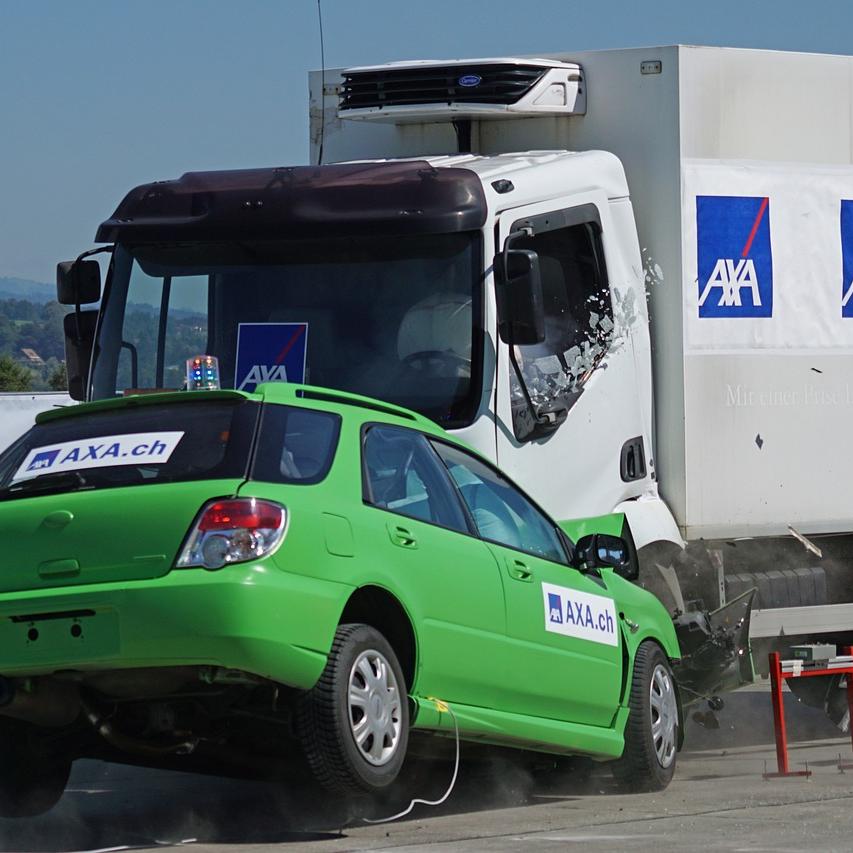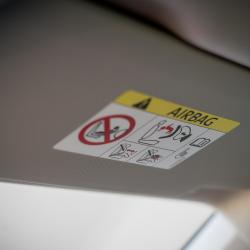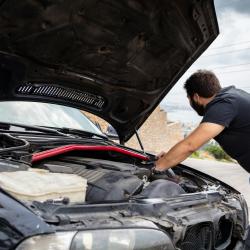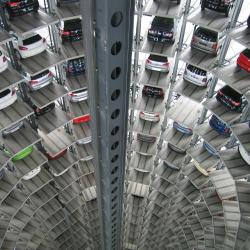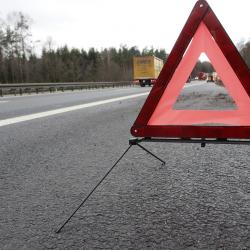How to Evaluate a Car’s Safety Features Before Buying
When it comes to buying a car, safety should be at the top of your list of priorities. With advancements in technology, vehicles have become safer over the years. However, not all cars are created equal when it comes to protecting passengers and drivers. Evaluating a car's safety features before making a purchase is crucial to ensure you're choosing a vehicle that offers maximum protection. This article will guide you through the essential steps and considerations for assessing a car's safety features effectively.
1. Understand Safety Ratings
Before diving into specific features, familiarize yourself with vehicle safety ratings. Organizations such as the National Highway Traffic Safety Administration (NHTSA) and the Insurance Institute for Highway Safety (IIHS) conduct rigorous testing to evaluate the safety of vehicles. These institutions provide ratings that can serve as a valuable starting point. Generally, higher-rated vehicles offer better protection in the event of an accident.
2. Look for Essential Safety Features
Modern cars come equipped with a host of safety features. Here are some critical ones you should look for:
-
Anti-lock Braking System (ABS): Prevents the wheels from locking up during braking, maintaining steering control.
-
Electronic Stability Control (ESC): Helps maintain control of the vehicle during extreme steering maneuvers by preventing skids.
-
Airbags: Ensure the car has multiple airbags (front, side, curtain) to protect passengers in the event of a crash.
-
Traction Control: Prevents wheel spin during acceleration by reducing power or applying brakes to individual wheels.
3. Advanced Safety Technologies
Apart from basic safety features, many modern cars offer advanced safety technologies that can prevent accidents:
-
Collision Avoidance Systems: These include automatic emergency braking (AEB) and forward collision warning (FCW).
-
Lane Departure Warning and Lane Keeping Assist: Alerts you if you’re unintentionally drifting out of your lane and can make minor steering adjustments to keep you in it.
-
Blind Spot Detection: Alerts you when there’s a vehicle in your blind spot.
-
Adaptive Cruise Control: Automatically adjusts your speed to maintain a safe distance from the car ahead.
4. Crash Test Performance
Pay attention to crash test performance results. Cars that perform well in crash tests are more likely to protect occupants in real-world collisions. The diagrams and videos of crash test results can also give you a visual understanding of how a car handles impacts.
5. Driver Assistance Features
Evaluating driver assistance features can significantly influence your decision. Features like parking assist, backup cameras, and rear cross-traffic alerts are not only convenient but can also prevent minor accidents and enhance overall safety.
6. Conduct a Personal Test Drive
After researching, it's important to test drive the car. A test drive allows you to experience firsthand how the car's safety features perform. Pay attention to the car’s handling, braking, and visibility. Test advanced features, if available, such as lane departure warnings or blind spot monitors, to see how they function on the road.
7. Evaluate Vehicle Size and Weight
Larger and heavier vehicles often offer better protection during collisions due to their size and sturdy build. However, they might be more susceptible to rollovers, so consider the vehicle's height and stability control features.
8. Explore Manufacturer and Dealer Information
Car manufacturers and dealers often provide detailed information about a vehicle’s safety features. Brochures, websites, and sales consultants can offer insights into the safety technology embedded in the vehicle.
Conclusion
Evaluating a car’s safety features before buying is an essential step in ensuring your protection and peace of mind on the road. By understanding safety ratings, examining essential and advanced features, considering crash test results, and conducting thorough personal evaluations through test drives and research, you can make an informed decision that aligns with your safety priorities. Remember, a safer car is not just an investment in transportation but an investment in your well-being and the well-being of your loved ones.
